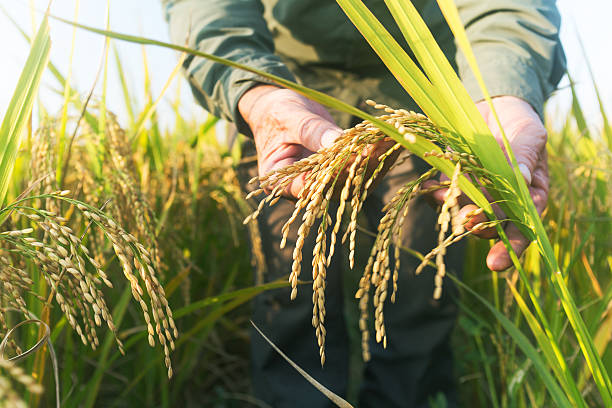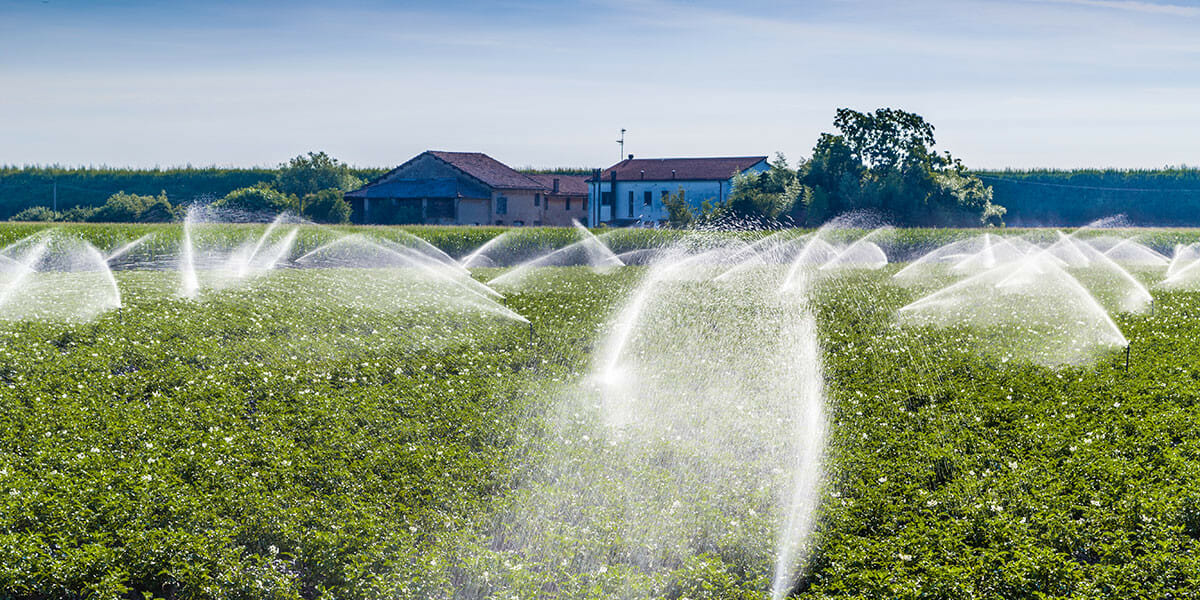CBSE Class 8 Science Chapter 1 Revision Notes
Chapter 1: Crop Production And Management Revision Notes
Regular production, proper management, and distribution of food are all required to feed a huge population.

Crop: A crop is formed when plants of the same kind are planted and maintained on a big scale in one location.
Crops in India are divided into two groups based on the seasons: Rabi and Kharif crops.
Seeds sown at the proper depths and distances produce a healthy yield. After selecting healthy seeds, a good variety of seeds is sowed. Seed drills are used to sow the seeds.
Organic manure and fertilisers must be used to replenish and improve the soil. With the advent of new crop varieties, the use of chemical fertilisers has skyrocketed.
BASIC CROP PRODUCTION PRACTISES:
(i) Soil preparation: Turning and loosening the soil is one of the most significant jobs in agriculture.
Tilling or ploughing is the process of loosening and turning the soil.
(ii) Sowing: Good yields are obtained by sowing seeds at proper depths and spacing. After selecting healthy seeds, a good variety of seeds is sowed. Seed drills are used to sow the seeds.
(iii) Adding Manure and Fertilizers: Organic manure and fertilisers must be used to replenish and improve the soil. With the advent of new crop varieties, the use of chemical fertilisers has skyrocketed.
Inorganic chemicals containing nutrients such as nitrogen, potassium, and phosphorus are known as fertilisers. They are manufactured in factories. Urea, ammonium sulphate, potash, and other nitrogen-based fertilisers are examples.
Microbes decompose plant and animal wastes (cow dung, animal bones, dead leaves, dead insects, and vegetable wastes) to produce manure, a natural product.
(iv) Irrigation: Irrigation is the process of providing water to crops at regular intervals.

IRRIGATION METHODS:
(a) Traditional irrigation methods include the moat, chain pump, Dheki, and Rahat.
(a) Sprinkler and drip irrigation systems are examples of modern irrigation methods.
(v) Weed Control: Weeding is the process of removing undesired and uncultivated plants known as weeds.
(vi) Harvesting: Harvesting is the process of manually or mechanically cutting the mature crop.
(vii) Safekeeping: To keep grains safe from pests and bacteria, they must be stored properly. Food grains are usually harvested with more moisture than is required for storage. To keep grains safe from pests like rodents and insects, they are stored in silos and granaries on a large scale. Jute bags or metal bins are used by farmers to store crops.
Food is also obtained from animals that have been bred for the purpose of providing food. Animal husbandry is the term for this.
Source: Chapter-1.pmd (ncert.nic.in)
]]>